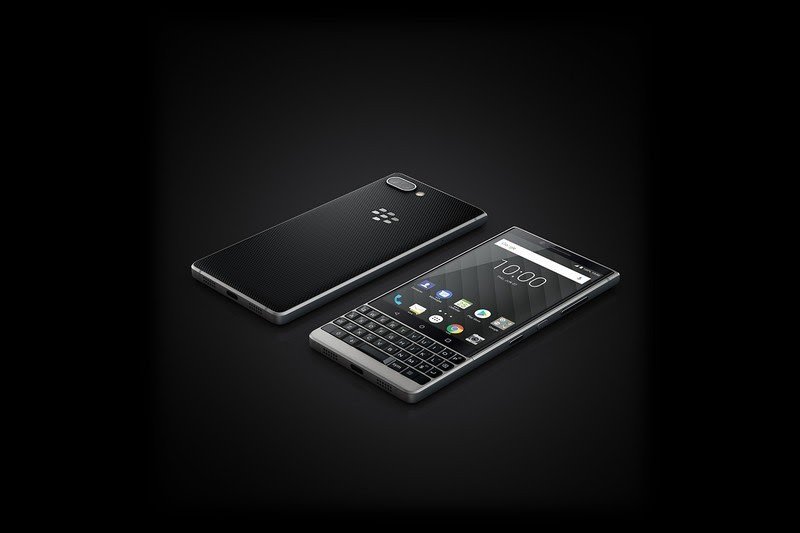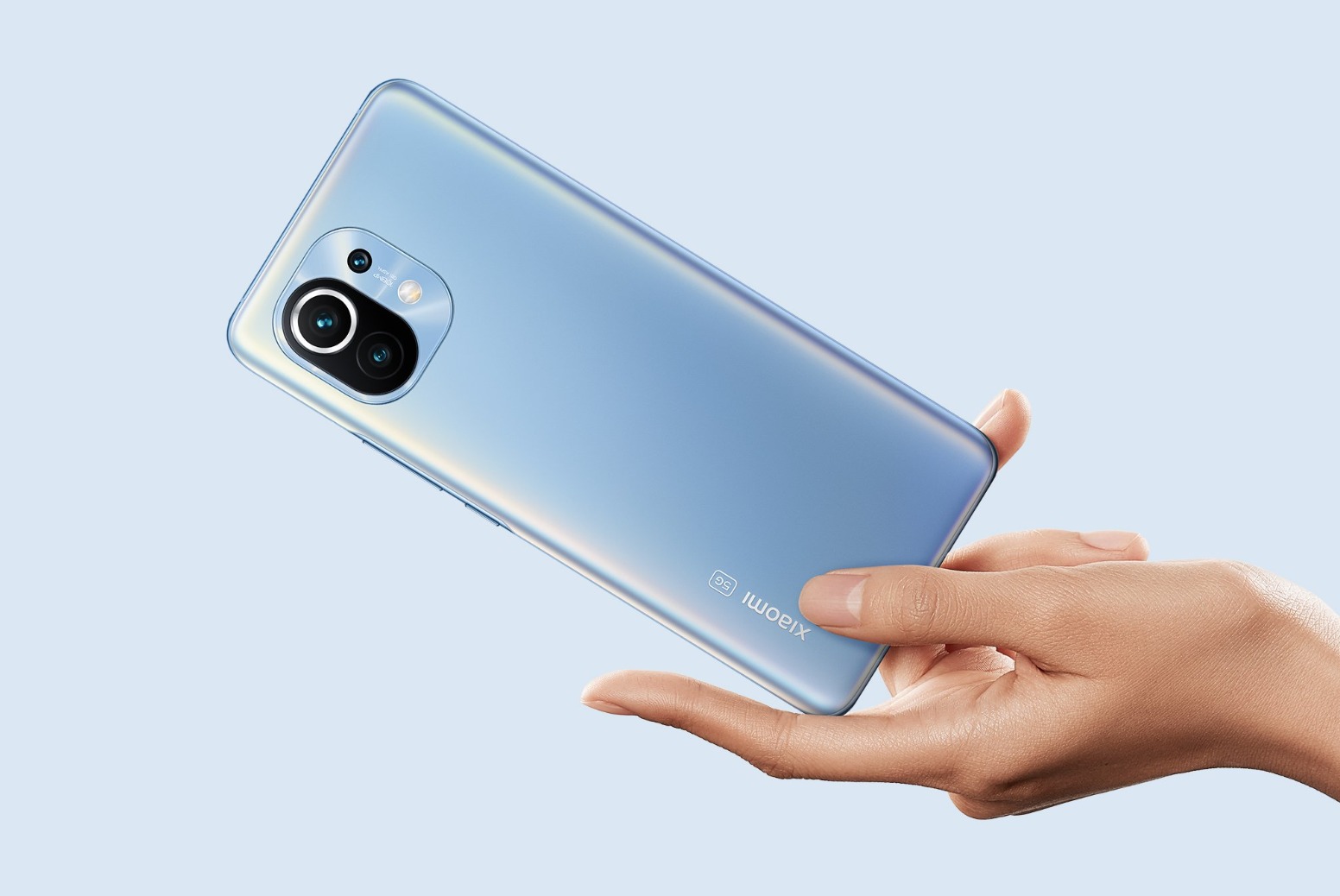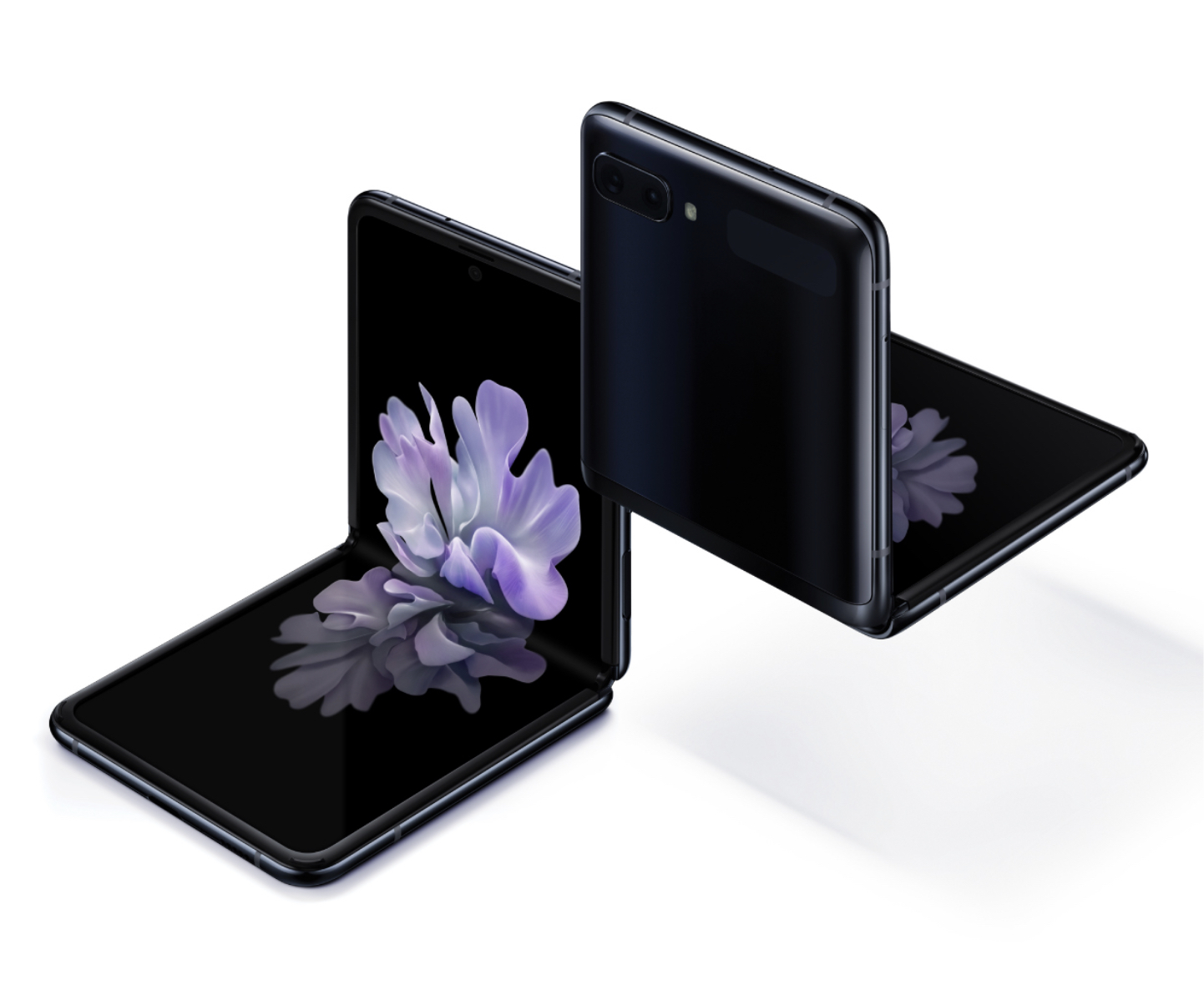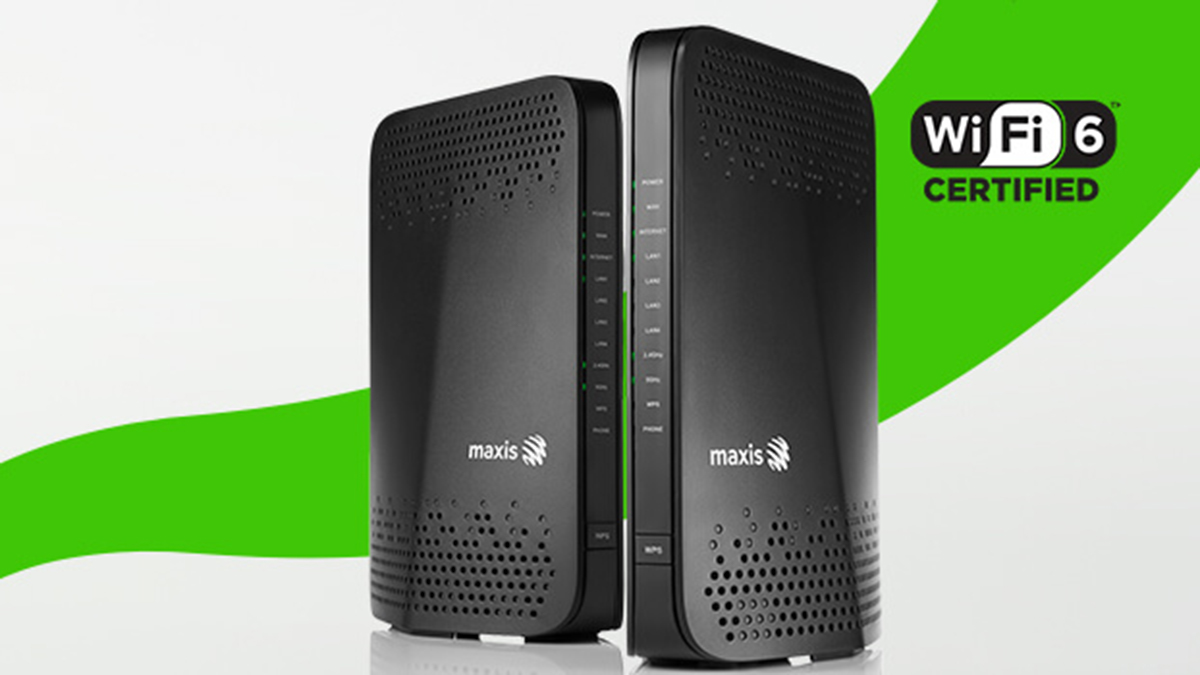The last device that Canadian smartphone maker BlackBerry designed was the KEYOne. This was last February. With TCL Corporation having acquired BlackBerry’s mobile business in 2016, it’s all up to the company to breathe life into the once popular smartphone brand. Just out of the gate is the KEYOne’s successor, the aptly named KEY2.
Physical keyboards are a rare sight on smartphones these days. People have moved on to touchscreens and gesture-driven input. The fact that touchscreens have improved so much and become ubiquitous over the last decade has rendered physical keyboards obsolete.
Or have they?
Well, not quite, at least that’s what BlackBerry believes. There are still fans and people out there who love the tactility of physical keyboards. Apparently.
I empathise with BlackBerry. In the early days of PDA (personal digital assistants) and smartphones, the physical keyboard defined the entire experience. QWERTY was king. I remember it clearly, having owned (post- Palm V and Handspring Visor) a Sony P1, Nokia E71 before my first BlackBerry came in 2011 (Bold 9790).
I was a fan of the Bold 9900, and the subsequent modern takes on the form factor – BlackBerry Classic and yes, the KEYOne too. And who can ignore the PRIV’s slide-out keyboard?
All that said, the KEY2 latches on to its depleting loyal fanbase and the niche of the niche that it appeals to. Is it nostalgic? Well in a way yes, but not the same way Nokia is playing their cards with the iconic 3310 and 8110 phones for sure. It is retro, at least in concept, but credit where credit is due, it’s an innovative modern take on it.
The keyboard for instance, doubles also as a touchpad and there’s a fingerprint sensor built into the spacebar. It doesn’t even need a notch on the display to stand out.
Because it already does out of the box.
BlackBerry has added a speed key that works like a Function key. Use it for shortcuts that can programmed with up to 52 possible combinations, including long pressing an alphabet together with the speed key.
Looks-wise, the KEY2 will look and feel familiar. Simply because it’s a chip of the old block. It retains the candybar form-factor of its predecessor, with its frame constructed out of Series 7 aluminium coupled with a soft touch back glazed with a new diamond pattern. It’s unmistakably BlackBerry and looks to be well-crafted, judging from the key visuals and based on the KEYOne.
On the front, KEY2 hasn’t moved from the same 4.5-inch 3:2 FHD (1080×1620) scratch-resistant IPS LCD display, protected by Gorilla Glass.
Under the hood, the device moves up a notch to the Snapdragon 660, Qualcomm’s upper tier mid-range SoC, mated to 4GB of RAM and a choice of 64GB or 128GB of onboard storage.
Storage is expandable up to 256GB via microSD.
For the first time on a BlackBerry device, the KEY2 gains a dual-camera system – consisting of a 12MP f/1.8 main shooter coupled with a 12MP f/2.6 secondary shooter that’s a telephoto zoom.
The secondary lens provides 2X optical zoom and gives the camera ability to shoot portrait bokeh effects.
The front gets a basic 8MP selfie camera.
While BlackBerry may have ditched its crown jewels, its operating system, a key part of what makes a BlackBerry a BlackBerry remains.
Security.
When you buy a BlackBerry device, you’re buying into the most secure smartphone environment bar none. Riding on its DTEK platform, the KEY2 boasts military-grade security, encryption and privacy.
DTEK has a hardened Linux kernel that reduces the chances of Android surface attacks.
At manufacturing level, on every DTEK device lies a hardware root of trust that adds security keys to the processor.
Additionally, a secure boot process allows only a BlackBerry-signed OS to load.
It also has a US-government grade FIPS 140-2 compliant full disk encryption.
A secure locker keeps your photos and documents private.
For secure browsing, it comes preloaded with Firefox Focus.
The KEY2 gets its juice from a built-in 3,500mAh battery that charges up via USB Type-C. BlackBerry claims the KEY2 cell is good for two day’s worth of use.
The good news is that the battery supports 18W QuickCharge 3.0 and USB PD 2.0 charging.
As far as connectivity goes, the device ticks all the right boxes – from 802.11ac 5GHz Wi-Fi, Bluetooth 5.0 LE and NFC.
Traditionalists will appreciate the inclusion of a 3.5mm headphone jack.
The KEY2 runs Android 8.1 Oreo out-of-the-box.
Pricing and availability
The BlackBery KEY2 is shipping globally starting this month. It’s priced at USD649 (MYR2,583).
It comes in Black for both storage configurations while Silver is available for the 64GB model only.
According to our friends at SoyaCincau, the device has passed Malaysian SIRIM certification and should be heading to our shores soon.
Based on the SIRIM filing, it looks to be a dual-SIM version of the device.
Expect an announcement from official distributor Brightstar soon.
So, what do you think? Is there still space in our hearts for a QWERTY smartphone?
Source: SoyaCincau










